|
The Silphium sisters are all bright, cheerful, and incredibly tall. They clearly stand above all others around them and people take notice. The four Silphium sisters at Nachusa Grasslands have similarities because they are part of the same plant family, Asteraceae, but each one has unique differences. Let me introduce them to you . . .
These perennial plants in the Silphium genus are all known for their great heights. Just how tall is the compass plant? In my research I found different height reports so I decided to measure them myself. I located the tallest plants I could find in Nachusa's prairie and discovered the plants ranged in height from about 8 feet to 9 feet tall. Wow! Even more amazing is how deep the root descends into the ground. Are you ready for it? The Illinois Natural History Survey reports a depth of 10-15 feet! Amazing! Silphium perfoliatum Commonly know as the cup plant. Notice how the leaves of this second Silphium sister are opposite each other and join together at the stem to form a ‘cup–like’ shape. Silphium terebinthinaceum
Silphium integrifolium Commonly know as rosinweed. Standing around 6 feet tall rosinweed is the shortest in height of the four Silphium sisters at Nachusa. The leaves are rough and the stems have a lot of bristly hair. Rosinweed gets its name from the resin that oozes from its cut stems. The resin is rather gummy, and as a matter of fact, Native Americans used to chew it. Like the other Silphium sisters, the rosinweed has a taproot that descends 10-15 feet deep. The plant spreads by short rhizomes, so you often see the rosinweed forming a clump, as seen in the above picture. Where to see the Silphiums Once the prairie dock, compass plant, cup plant, and rosinweed were numerous across the prairies in Illinois, but as the prairies were removed these plants declined in number. Conservationist Aldo Leopold watched the last Silphium disappear from what was once a vast expanse of prairie, and he wrote this familiar quote: What a thousand acres of Silphiums looked like when they tickled the bellies of the buffalo is a question never again to be answered, and perhaps not even asked. Thanks to the restoration efforts of staff and volunteers at Nachusa, you may actually be able to see a few Silphiums tickle some bison bellies again! From July to September, one or more of the Silphiums will be in bloom. They are so easy to spot in the prairie because of their incredible heights. Look into the prairie fields and road ditches along Lowden Road, between Flagg Road and Naylor Road. The Silphiums are quite a treat to see, so let's see if you can meet all four sisters!
Today’s author is Dee Hudson, a photographer for Nachusa Grasslands. To see more prairie images, visit her website at www.deehudsonphotography.com.
2 Comments
Nachusa’s small creatures help citizen scientists monitor stream quality. Collection, identification, and a tally of macro-invertebrates from the local streams are used as an indicator of stream health. The monitoring is done through a statewide program called Illinois RiverWatch, established to help determine stream water quality throughout the state and provide a warning of potential problems. At Nachusa, the program was started in the spring of 2014 before the bison arrived, so RiverWatch is not only used to monitor stream health, but also to help identify changes due to their introduction. This is the fourth year collecting RiverWatch data in three Nachusa streams: Wade Creek, Clear Creek, and Johnny’s Creek. Illinois RiverWatch trains citizen scientist volunteers to collect, identify, and preserve important indicator species of macro-invertebrates found in streams throughout Illinois. Macro-invertebrates are invertebrates large enough to see with the naked eye. Examples include insect larva, snails, and aquatic worms. One person in the stream monitoring group is required to have the eight-hour RiverWatch training class; four hours in the classroom and four hours hands on in a stream. At Nachusa, we are fortunate to have several trained monitors and interested volunteers lead by Mary Vieregg. Others that often join in the fun are Cindy Buchholz, Mary Meier, Jan Grainger, Matt Friberg, Tim Ngo and myself. Interested people who have not been trained by RiverWatch can participate in the stream monitor with a trained lead. A site is selected and the locations are documented and approved by RiverWatch. The same site and locations are used each year, so changes from year to year and over time can be observed. At the site, the first step is to mark off the sampling area with flags 50 feet and 100 feet upstream and downstream from the selected site. Then, a map is sketched marking stream contours, significant features, and the day's sample locations. In addition, water depths, stream velocity, stream color, and temperature are recorded. Lastly, the vegetation around the stream is noted, along with the amount of shade cover; the stream bottom substrate is observed and recorded. Pictures can be taken and included with the sample data. Much of this data is recorded after the dip net hits the water in order to minimize any disturbances to the stream and the macros living in it before the collection. The preferred collecting tool is the dip net. Designed with a sturdy cloth sleeve and mesh bottom, water can easily pass through and allow macros to collect in the bottom. There are five stream habitat types that RiverWatch samples, using the dip net collecting techniques. In order of preferred use:
Once the samples are collected and placed in buckets, the challenge is to pull the fast-moving macros from their watery homes. This is done using a shallow white pan, forceps, eye droppers, and carbonated water to help slow the critters down. Once captured, the macro makes the ultimate sacrifice, as it is deposited in a vial of pure alcohol for later identification and recording. All the macros taken can be combined into one sample. Once all the macros are pulled from the shallow white pan and put in vials, the gear is packed up and the crew returns to the barn for lunch. After lunch the work of sorting, identifying and counting begins. Macro invertebrates can be seen with the naked eye, but for identification some of the key differences only become clear under a microscope. For example, mayflies fall into seven categories and key features on the gills, legs, and antennae are more easily seen through a microscope. Damsel fly larva, whether broad-winged or narrow-winged will determine their indicator number. Dragonfly larva are large and don’t need to be identified down to species, only that they are present and the number found. The process of identifying, sorting, counting is continued until the specimens are determined and recorded. The vial containing all the day's collection is labeled and sent to the RiverWatch administrator, who then forwards it on to professionals who double-check identification and the count. Feedback is then provided to the citizen scientist to help improve identification in the future. Each macro used as an indicator species is assigned a number. The lower the number, the more conservative the species and the less tolerant of pollution and other disturbances. A formula, based on the assigned number of each species, the total count of each species, and the number of organisms found, is used to determine the Macro-Invertebrate Biotic Index (MBI). The lower the MBI number, the higher the stream quality. Nachusa stream quality is good in Clear Creek and fair in Wade and Johnny’s Creek. It is too early to see a trend in improvement or degradation of water quality. An effort is made to sample the streams close to the same date each year, but an annual variance in weather conditions can account for some difference in the MBI. Only after many years of monitoring are trends likely to be seen. Following the introduction of bison, changes to the stream banks have been observed. In the sample area around Johnny's Creek, the vegetation has been eaten or trampled. Stream banks that were heavily vegetated are now bare. Near Wade Creek bison hair was found on the plants, but no disturbance was noted in the Wade Creek sample area. The changes in streams being made as a result of restoration efforts and the introduction of bison won't be measured in months or even years, but in decades and centuries. Careful observation, good science, sometimes unnerving patience, and prudent management will help restore the portions of these streams that run through Nachusa back to a functioning and evolving ecosystem.
Note: Clear Creek is outside of the bison enclosure. To volunteer for the RiverWatch program at Nachusa, contact Mary Vieregg. For more information about citizen scientist training, visit the website for Illinois RiverWatch . The blog today was written by Paul Swanson, a volunteer citizen scientist for Nachusa. Summer is the busiest time of year on the prairie with seeds ready to harvest and invasive weeds sprouting up. So every May Nachusa hires half a dozen seasonal staff to keep up with the workload. Typically the staff hired are in their twenties and going into careers in ecological restoration/conservation. The crew will spend most of the first half of the summer spraying and spading weeds in the hot sun, and then seeds will be collected throughout the summer and fall as they ripen. In the late summer and fall the crew will plant the seed they collected in a brand new planting that has not seen prairie in recent years. This year's planting is 84 acres! The crew of 2017 has jumped into the summer with great enthusiasm and the prairie is already much improved because of their labors. Meet this year's seasonal staff: Kaleb Baker — Crew Leader, on his third season he has been an incredible resource helping with many things, including the new Arc Collector Map service. Kaleb will be with us for a couple more months this summer before he attends NIU this fall to start his Masters’ Degree. Phil Nagorny — on his second season, he started with Kaleb back in March as our Lead Restoration Technician. He brings a deep skill set and experience operating equipment that we will take advantage of while he is here. He will also be attending NIU this fall to finish his undergraduate degree. Sebastian Schafer — who came all the way from Germany, has been interning with us since March. He is years ahead of most at his age. He is now heading back home to start his Master’s Degree. Nathaniel Weickert — from Rockford and recently graduated from NIU. Some of you will recognize him, since he has spent many Saturdays volunteering at Nachusa. Cody Cassidy — is from Rochelle and recently graduated from University of WI Whitewater. Cody is good with his hands, having grown up working with his dad’s heating and cooling business. Avery Parmiter — From Connecticut and a recent graduate from Clemson University. She brings an array of recent field experiences to Nachusa. Sandra Vaughn-Pottorff — Originally from Rockford, she recently returned from Hawaii where she studied environmental sciences. She will be enrolling in NIU to finish her undergraduate degree this upcoming school year. Leah Kleiman — who we all have seen grow and blossom into a mature young independent woman. She recently completed the second year of her Associate’s Degree at Sauk and is eager to gain more experience working on the crew. (Bios written by Cody Considine) Today's blog was brought to you by Leah Kleiman |
Blog CoordinatorDee Hudson
I am a nature photographer, a freelance graphic designer, and steward at Nachusa's Thelma Carpenter Prairie. I have taken photos for Nachusa since 2012. EditorJames Higby
I have been a high school French teacher, registered piano technician, and librarian. In retirement I am a volunteer historian at Lee County Historical and Genealogical Society. Categories
All
Archives
January 2024
|
CONNECT WITH US |
|
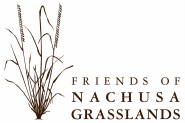
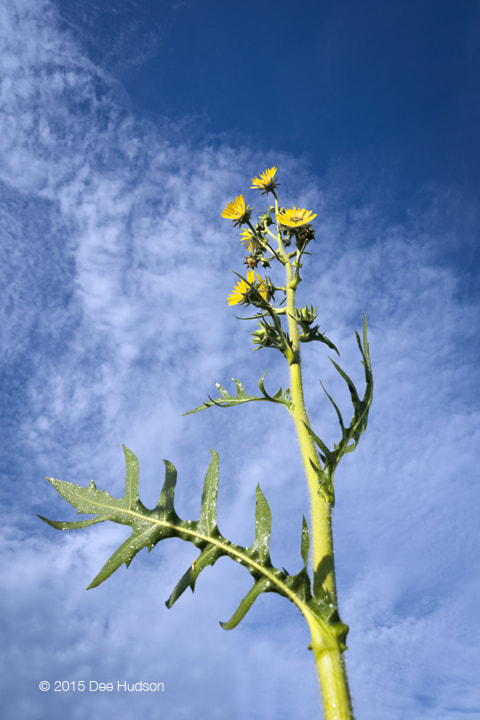
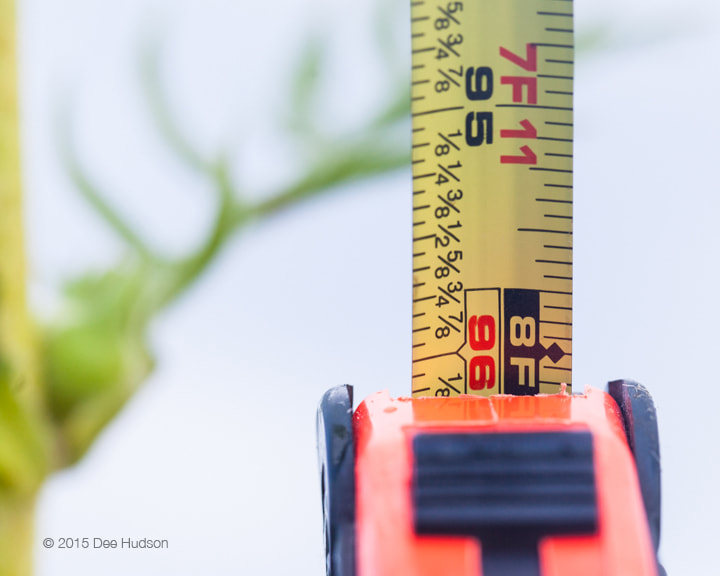
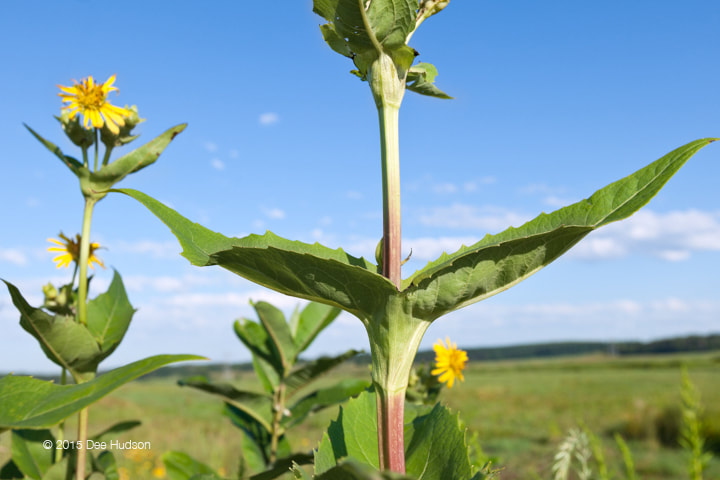
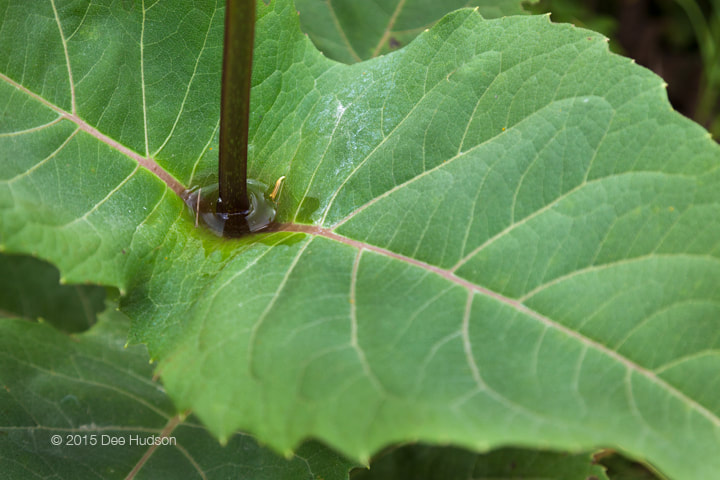
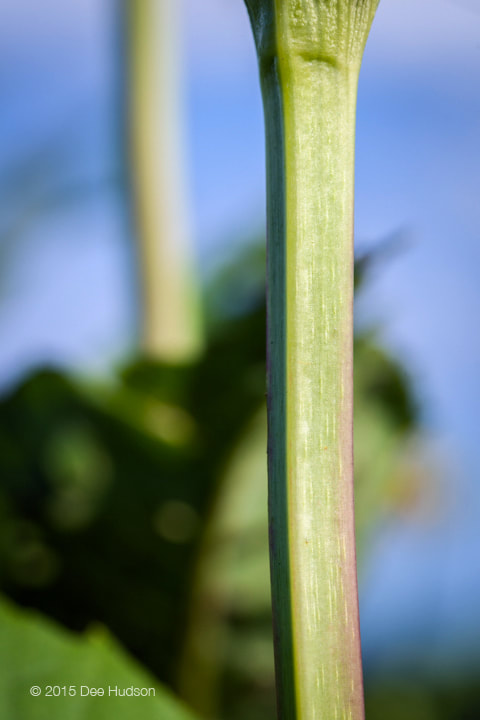

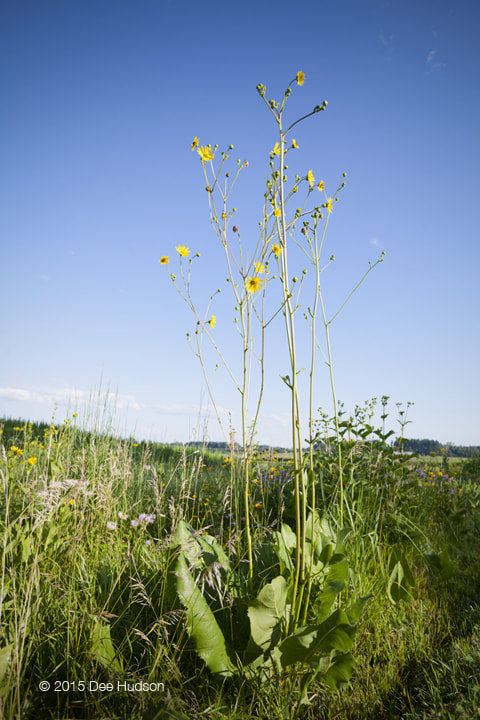
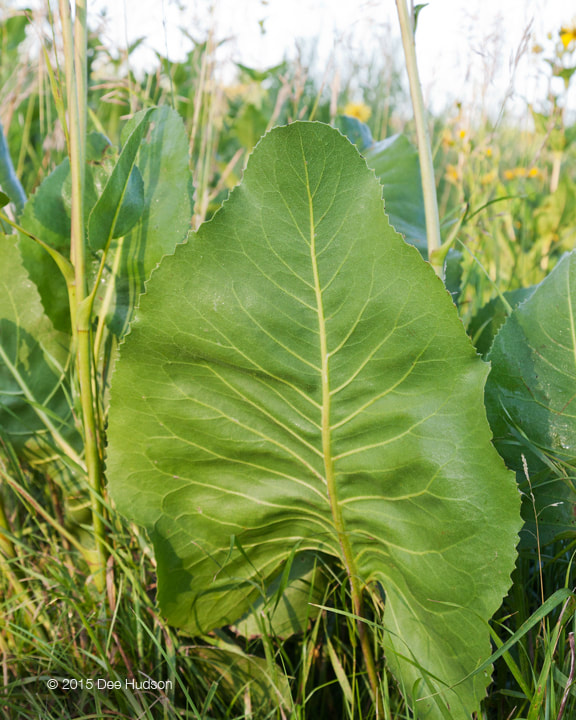
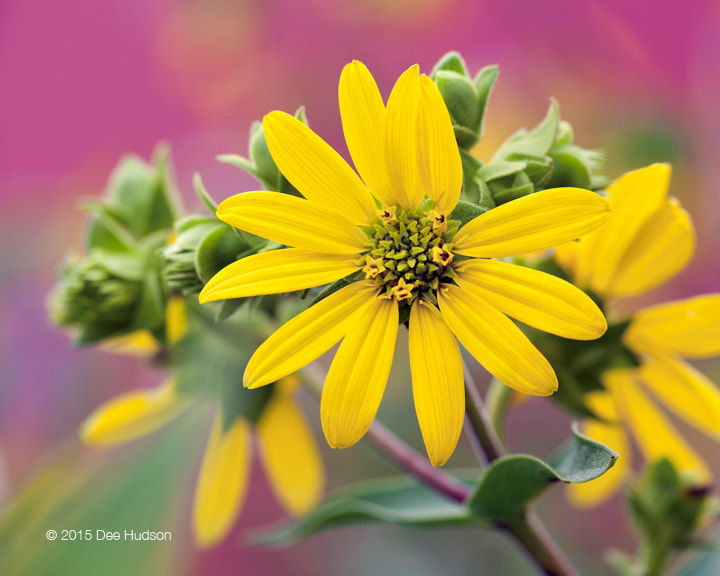
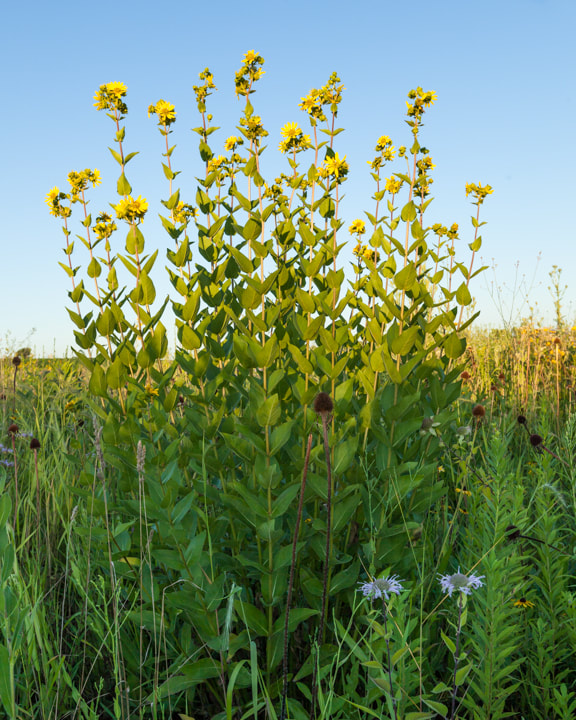
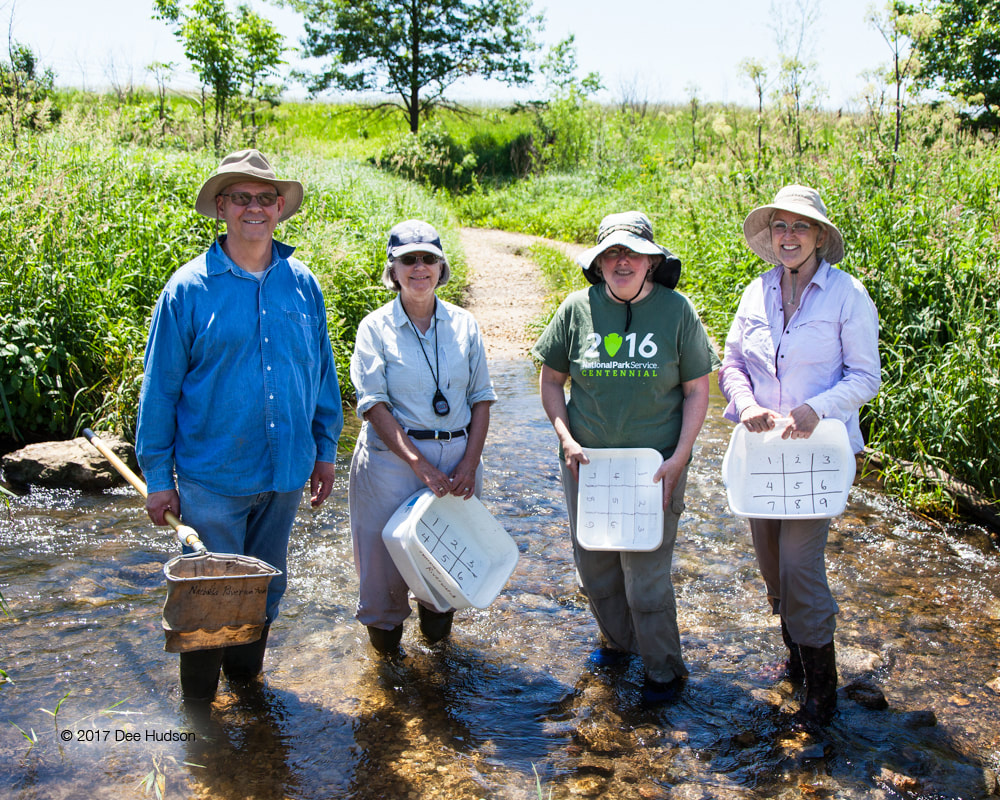

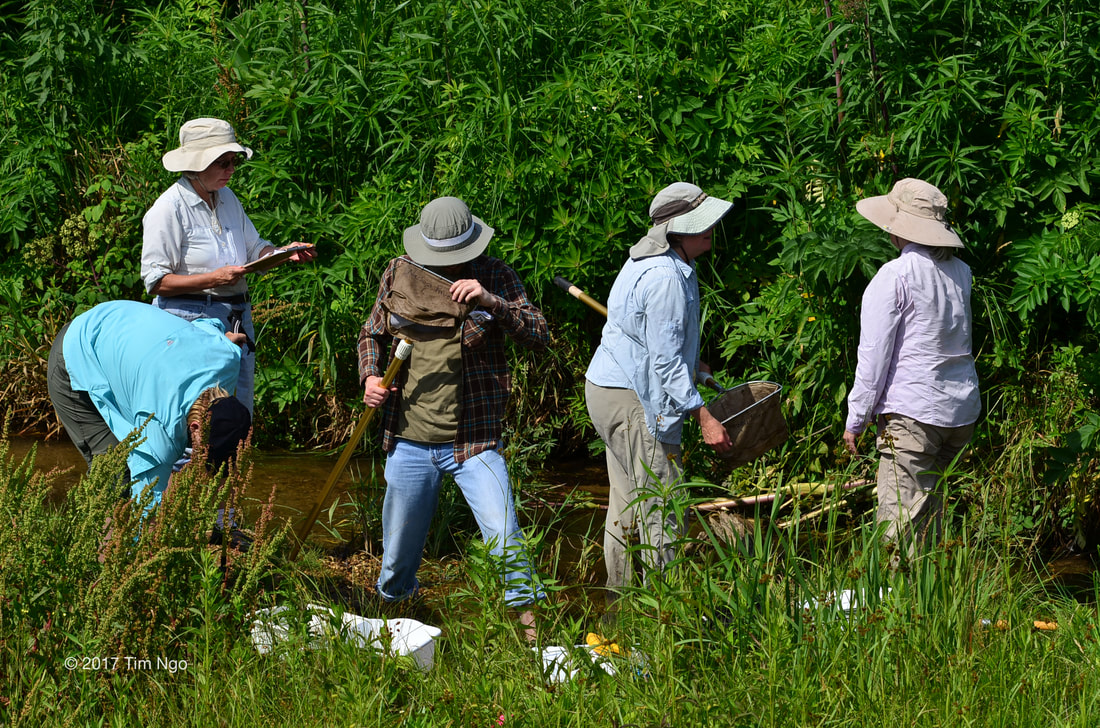
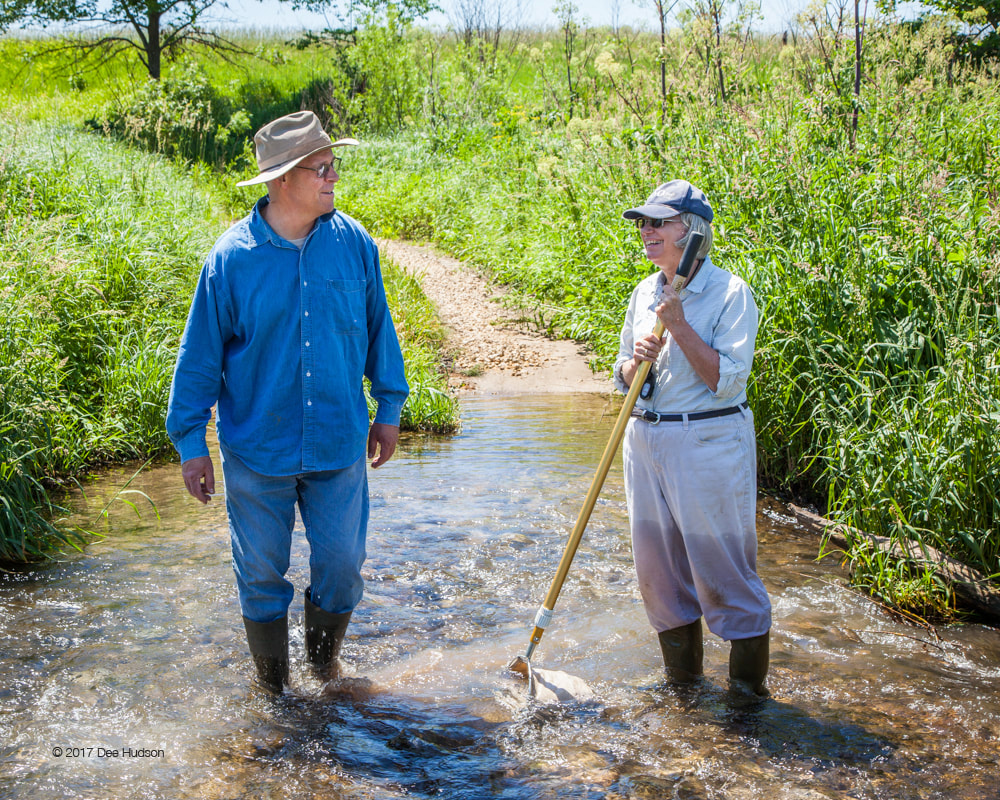
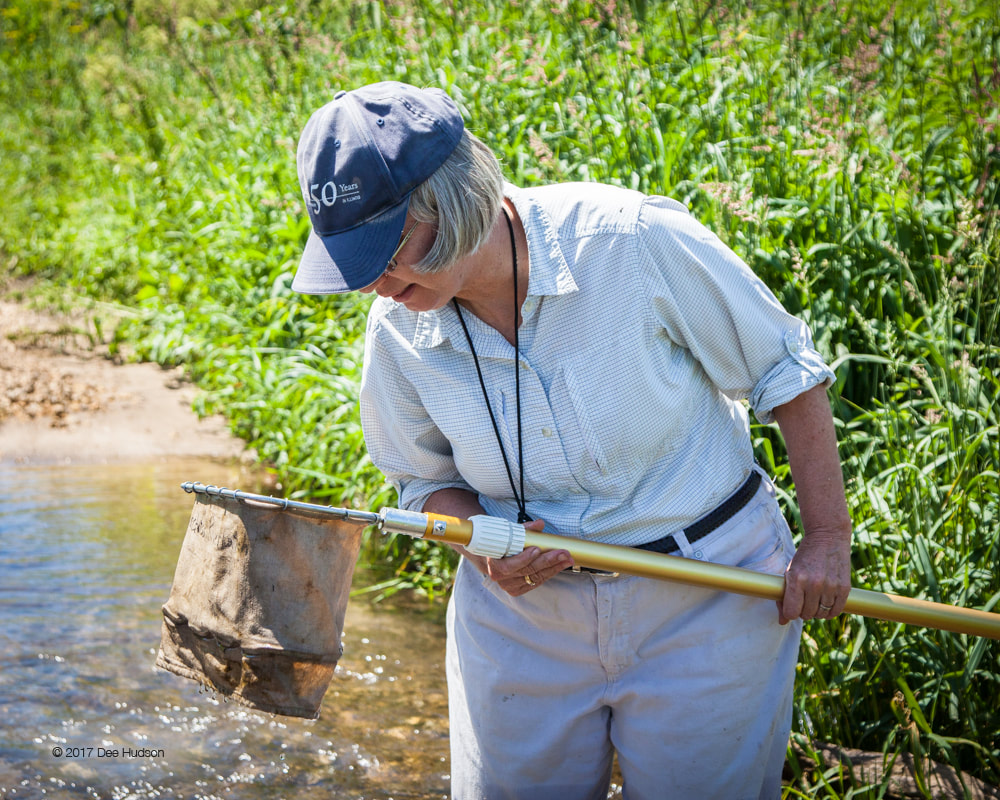
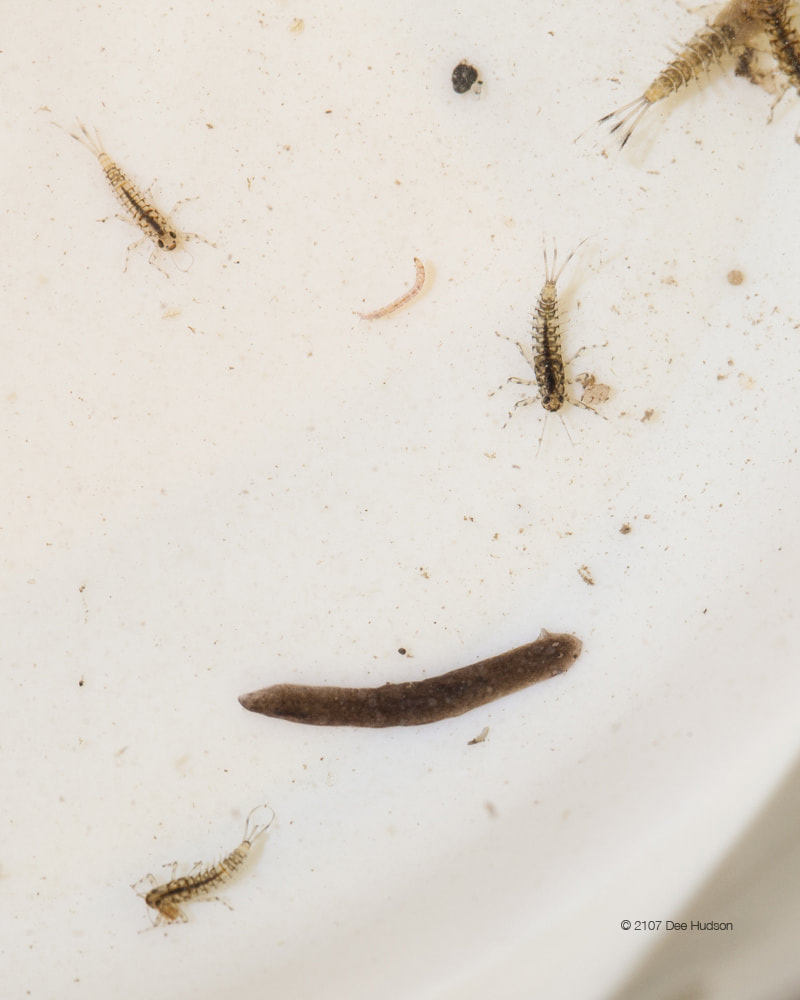
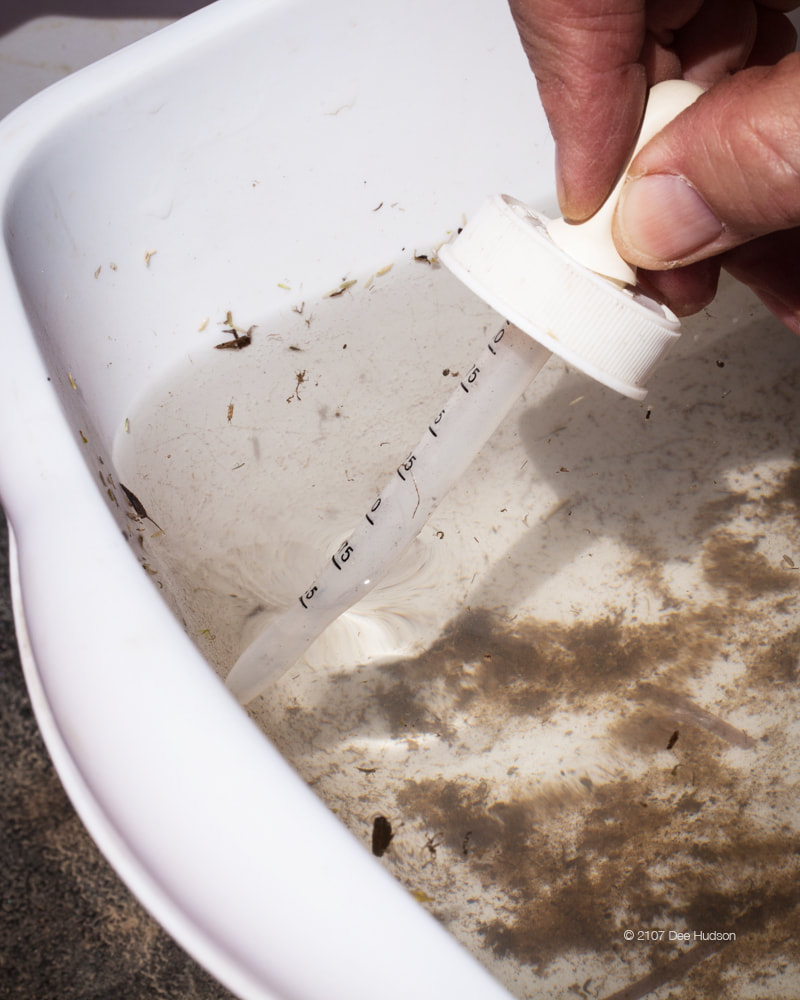
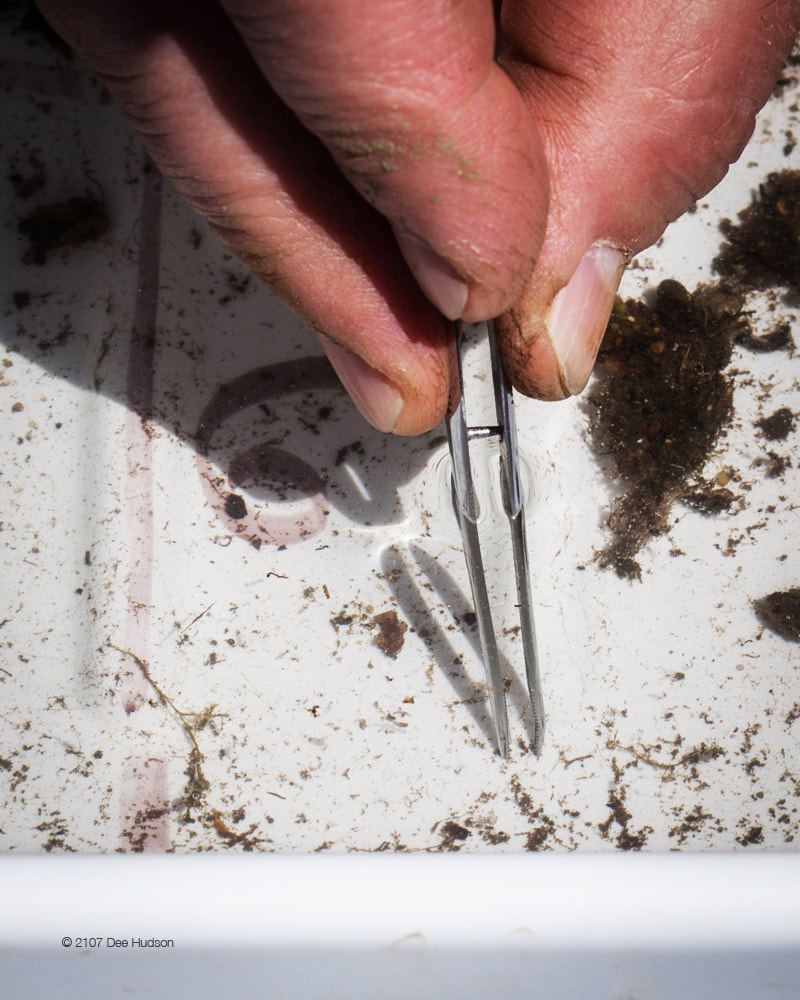
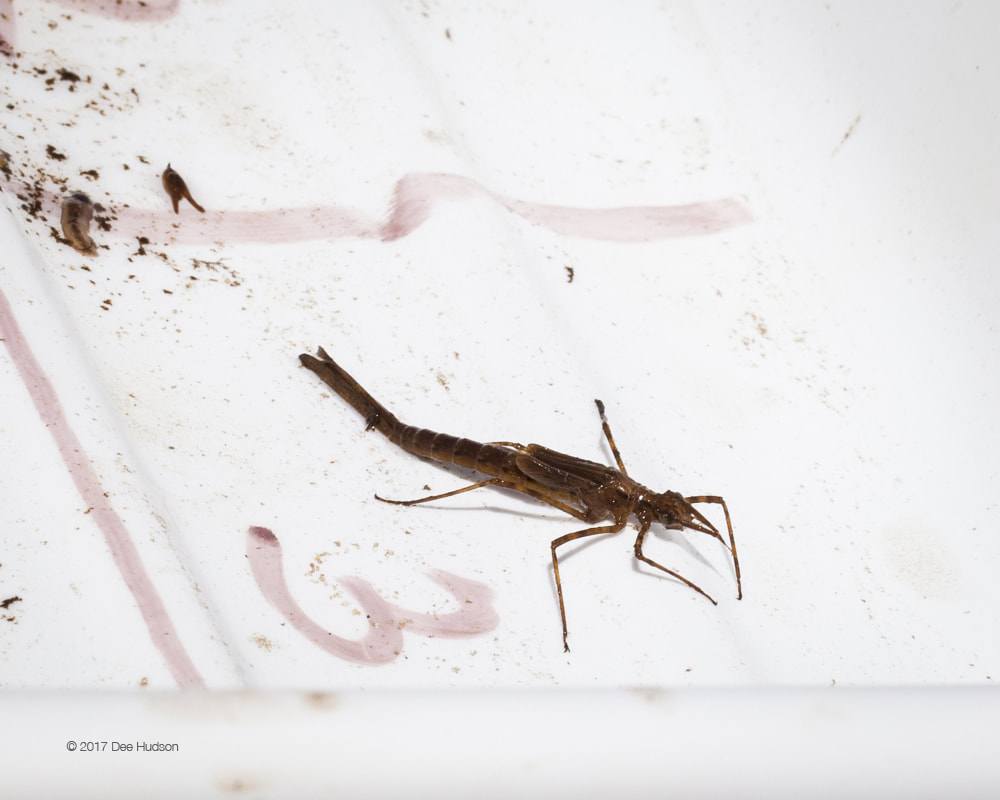
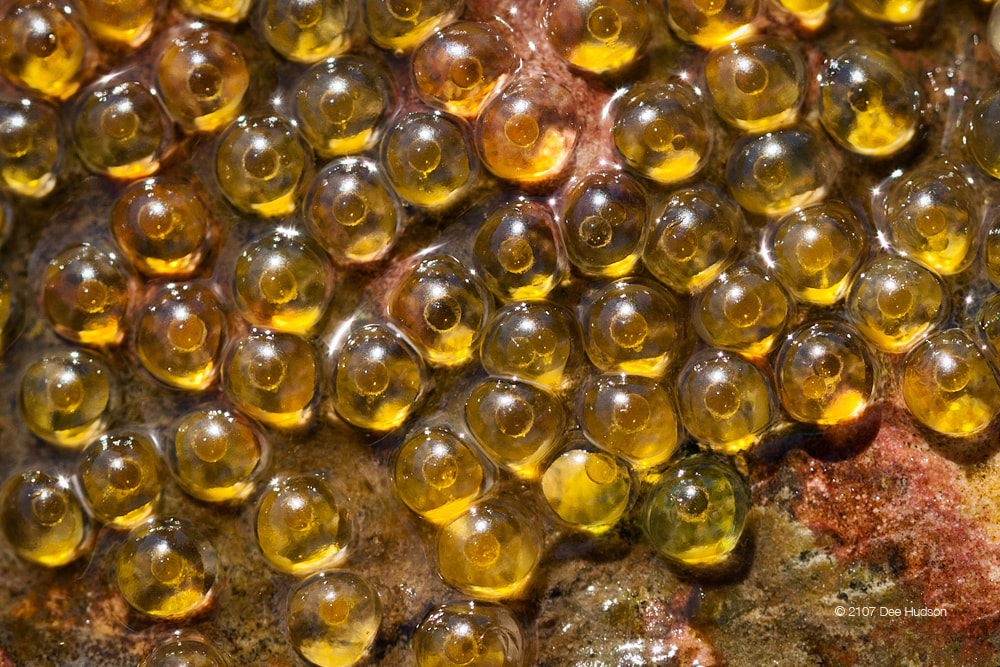
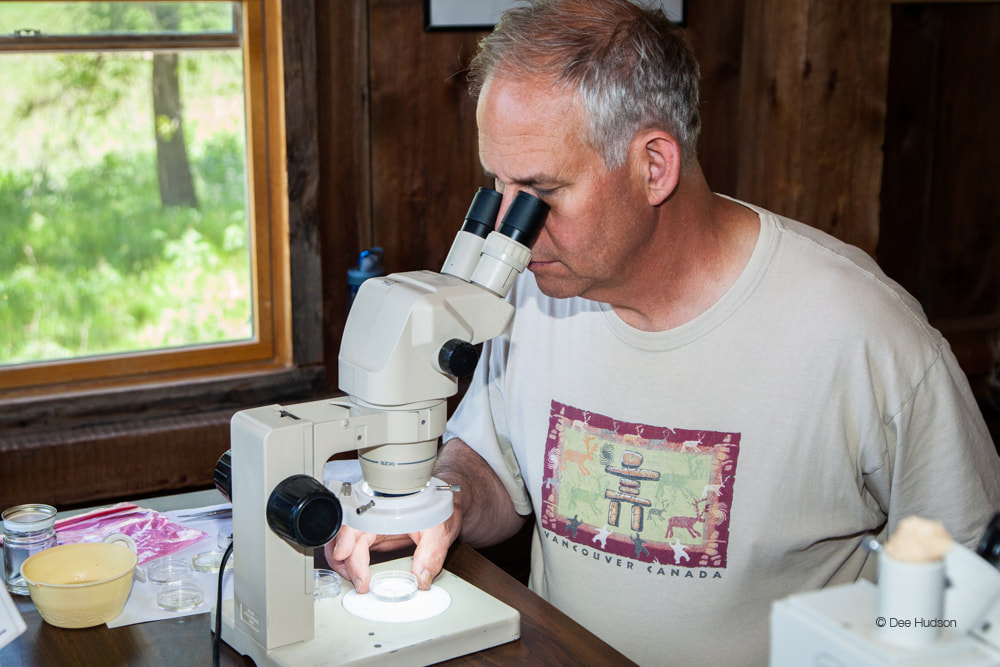

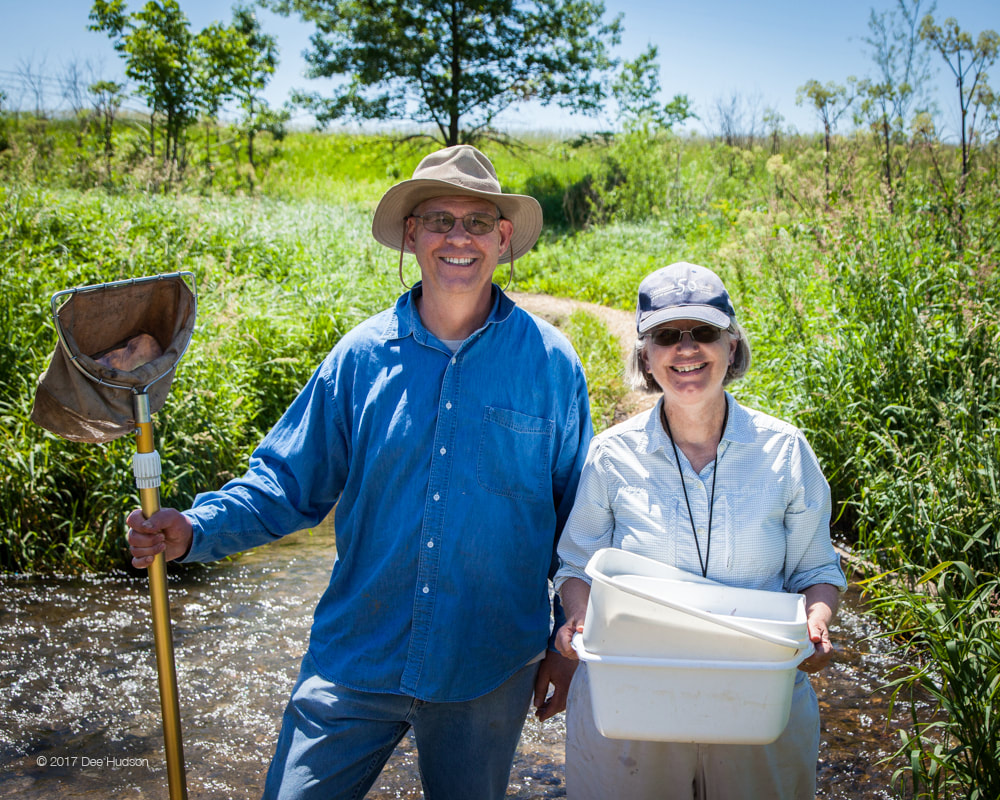
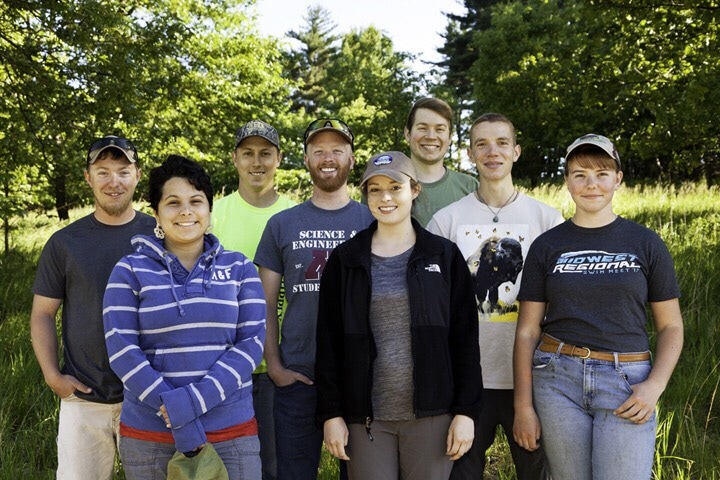
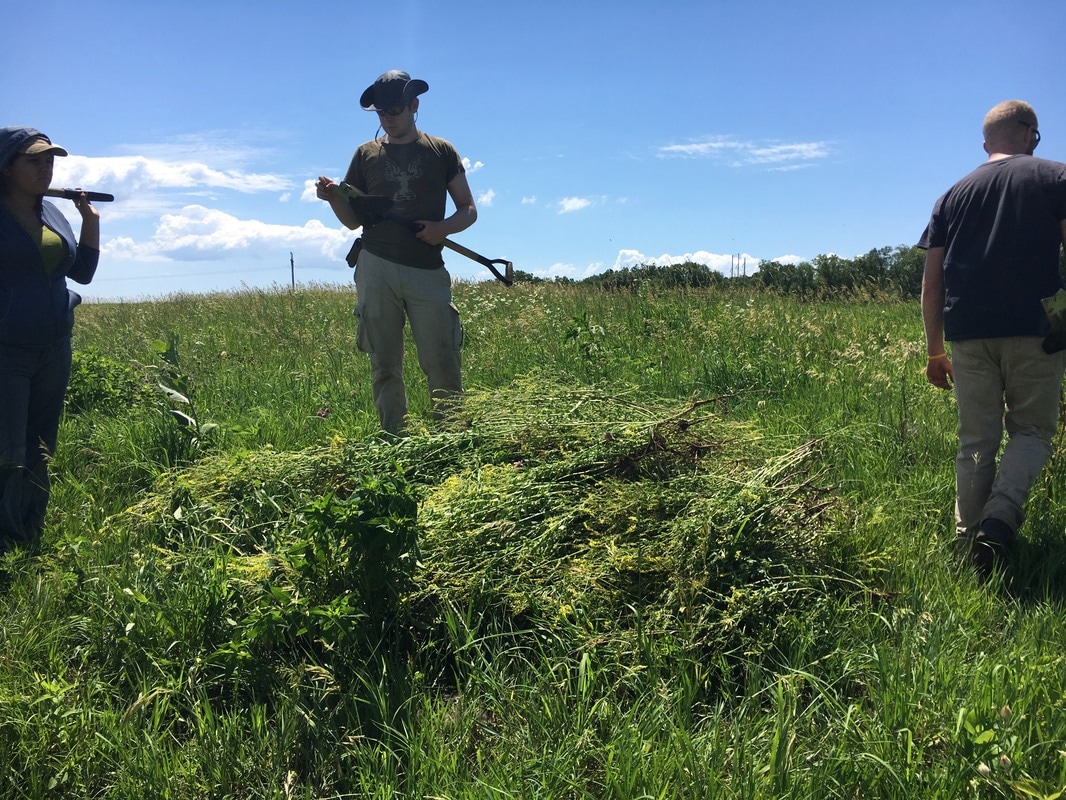

 RSS Feed
RSS Feed